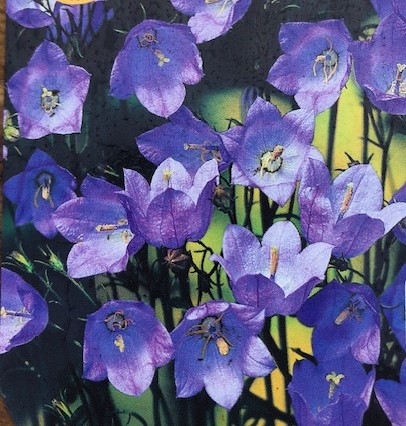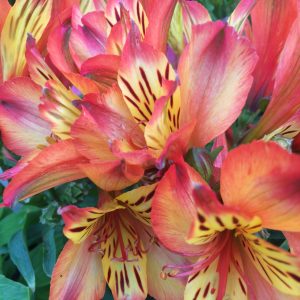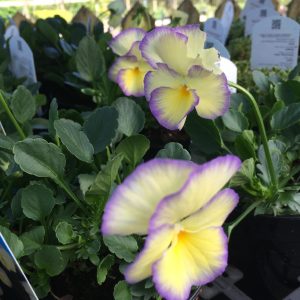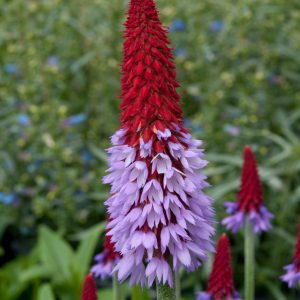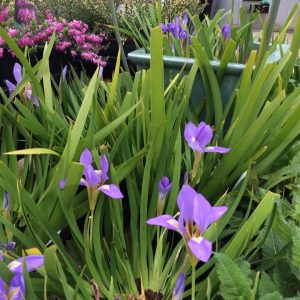Perennials, Rockery / Small Spaces
Peach-leaved Bellflower
Campanula persicifolia
£9.99
Peach-leaved Bellflower 
With its slender stems adorned by a profusion of bell-shaped blooms, Campanula persicifolia typically grows to a height of 1 to 2.5 feet (30 to 75 centimeters), forming a clump of basal leaves from which rise slender, wiry stems, these blooms nod gracefully on its stem, giving the plant an air of elegance and tranquility.
SKU: CAMPANULA-PF
Categories: Perennials, Rockery / Small Spaces
Tags: Cottage garden plant, Easy to grow, Herbaceous border plant, Perennial Flower, Summer flowering, Woodland plant

